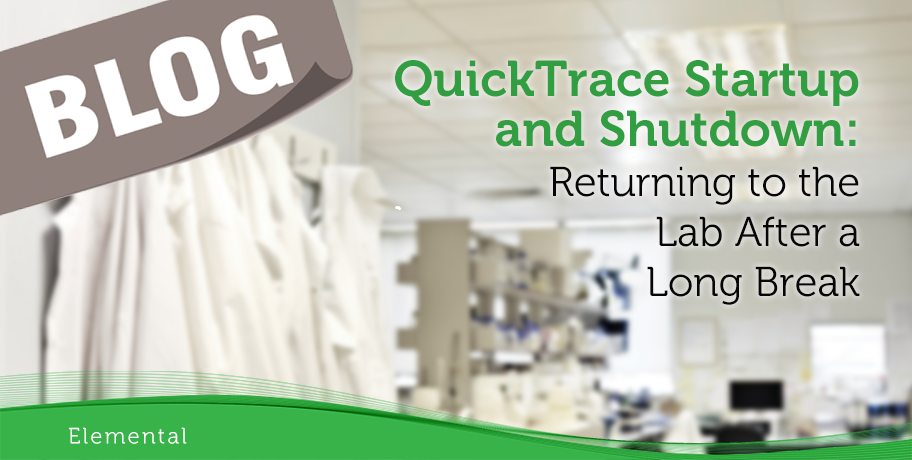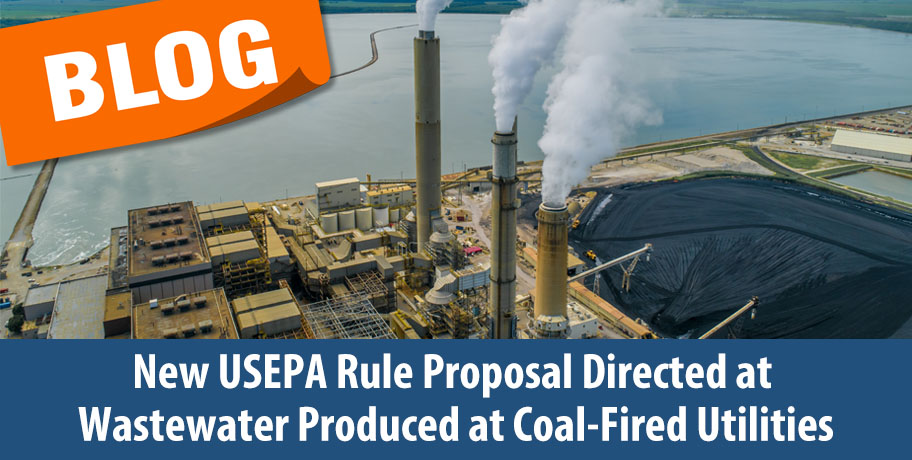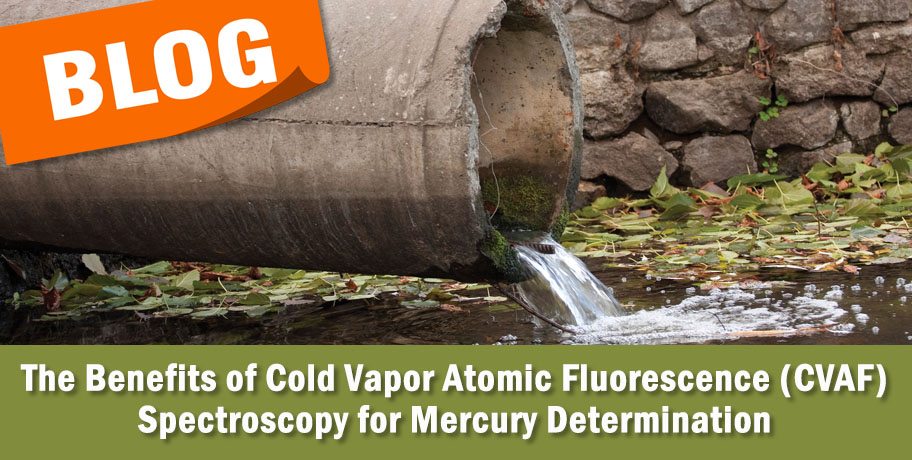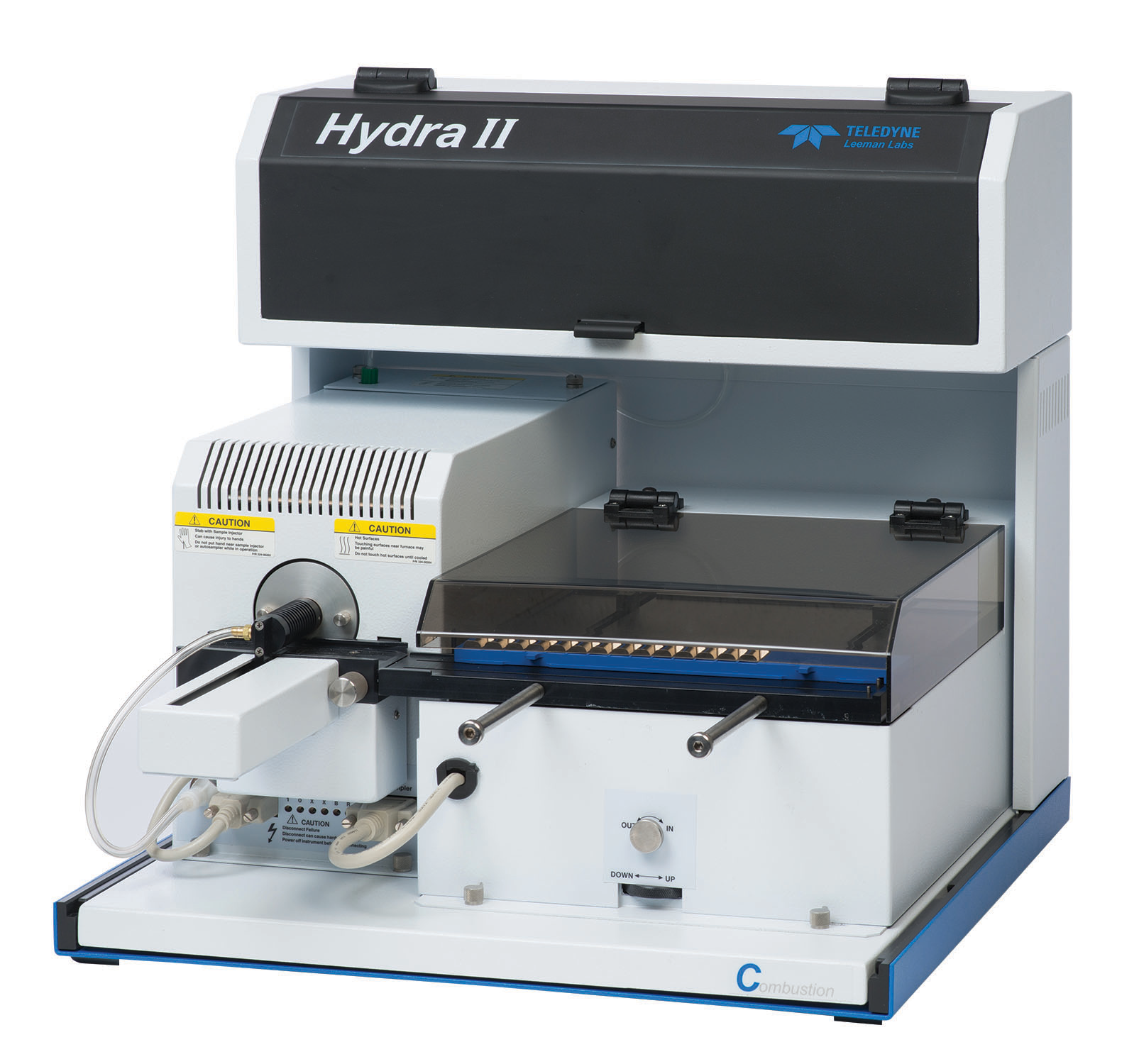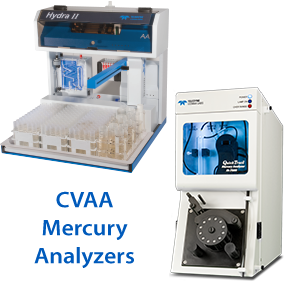Whether it’s for a long holiday weekend or a plant shutdown, instrumentation sometimes needs to be turned off for an extended period. If you and your colleagues will be away from your work for more than a few days, there are steps you can take to ensure a smooth startup when you get back to the lab.
Read MoreTeledyne Leeman Labs Blog
QuickTrace Startup and Shutdown: Returning to the Lab After a Long Break
Posted by Sara Kennedy on Jan 5, 2024 4:08:09 PM
Tags: CVAA, CVAF, QuickTrace
New USEPA Rule Proposal Directed at Wastewater Produced at Coal Fired Utilities
Posted by Jeff Forsberg on Sep 1, 2023 8:30:42 AM
President Biden’s Executive Order 13990 directed the U. S. Environmental Protection Agency to undergo a policy and regulation review of changes to the Clean Air Act set forth during President Trump’s administration. The order instructed the EPA to suggest revisions and/or cancellation of regulations and policies that at first glance do not seem to be in the best interest of public health.
Read MoreThe Benefits of Cold Vapor Atomic Fluorescence (CVAF) Spectroscopy for Mercury Determination
Posted by Sara Kennedy on Sep 14, 2022 2:50:00 PM
Cold Vapor Atomic Florescence Spectroscopy (CVAF)
In contrast to most cold vapor atomic absorption (CVAA) systems, the desirable characteristics of CVAFS-based mercury analyzers include:
Teledyne Leeman Labs completed a study using its Hydra IIC mercury analyzer in Volatile Hydrocarbon (VHC) mode to determine the total mercury in kerosene. We published a technical note that demonstrates the capabilities of the Hydra IIC to determine the level of mercury by direct combustion of the kerosene. The system was also configured with an enhanced moisture control system.
The Hydra IIC is an independent standalone analyzer that uses Cold Vapor Atomic Absorbance (CVAA) spectroscopy to obtain reliable quantitative data from simple to complex matrices by direct combustion combined with a proprietary catalyst to remove interfering compounds such as sulfur and nitrogen oxides. The biggest advantage of the Hydra IIC is that no sample preparation is required before analysis. And, because no sample preparation is required; the cost and hassle of dealing with waste disposal is avoided.
Read More
Tags: CVAA, mercury analysis, kerosene
What Are CVAA Mercury Analyzers and Mercury Analysis Systems?
Posted by Betsey Seibel on Mar 18, 2016 4:07:46 PM
Mercury Analysis Systems
In our previous blog post “What is Cold Vapor Atomic Absorption (CVAA) Spectroscopy?” (HERE), we discussed CVAAS as a primary technique for mercury analysis and determination. In this post, we will describe Teledyne Leeman Labs’ mercury analyzers (analysers outside of the US and Canada) that use the CVAAS process.
Leeman Labs offers two CVAA systems for mercury determination: the Hydra IIAA , which is an entry-level CVAA system that can detect mercury limits of less than 5.0 ng/L with a usable range of 5 ng/L to 1 mg/L; and the QuickTrace® M-7600 CVAA mercury analyzer, which is a dual-beam system capable of ultra-trace detection limits of less than 0.5 ng/L.
Read More
Tags: CVAA
What is Cold Vapor Atomic Absorption (CVAA) Spectroscopy?
Posted by Betsey Seibel on Jan 13, 2016 4:03:00 PM
Cold Vapor Atomic Absorption Spectroscopy or CVAAS is one of the primary techniques for mercury analysis. Introduced in 1968 by Hatch and Ott, CVAAS is now the reference method for drinking water monitoring under the Safe Drinking Water Act passed in 1974, and amended in 1986 and 1996. The technique was introduced to the market following the first commercially available atomic absorption spectrometer, which measures quantities of chemical elements present in environmental samples.
Atomic Absorption Spectrometry (AAS) determines the quantities by “measuring the absorbed radiation by the chemical element of interest. This is done by reading the spectra produced when the sample is excited by radiation.”[i] CVAAS was born when Hatch and Ott used an attachment for a flame atomic absorption spectrophotometer that enabled the reduction of Hg2+ in a solution to ground state atoms (Hg0). The ground-state mercury atoms were then transported to an optical cell and detector for measurement. Shortly after Hatch and Ott introduced the technique to the market, the United States EPA adopted CVAAS for the determination of mercury in water, soil and fish.
Read MoreTags: CVAA
Mercury Analysis, Which Technique is right for you?
Posted by David Pfeil on Feb 10, 2012 3:31:00 PM
Analytical techniques for measuring mercury include cold vapor atomic absorption spectroscopy (CVAA), cold vapor atomic fluorescence spectroscopy (CVAF), and direct analysis by thermal decomposition. Each technique has advantages and disadvantages, I'll review each technique and provide tips for choosing the right one for various situations.
Tags: CVAA, CVAF, Hg analysis, low level mercury, mercury, mercury analysis
How to select the Hg technique for your analytical needs (Part I)
Posted by David Pfeil on Feb 10, 2012 1:30:00 PM
Selecting the right Hg technique really depends on your analytical needs. For some labs, the decision will be driven solely by the need to comply with a specific regulatory method. For example, if your lab is required to analyze samples using EPA Method 245.1, then you will need to use the technique of cold vapor atomic absorption spectroscopy (CVAAS). If you are required to follow specific regulatory methods, you may find the following information helpful.
Tags: CVAA, CVAF, Hg analysis, low level mercury, mercury, mercury analysis, thermal decomposition

